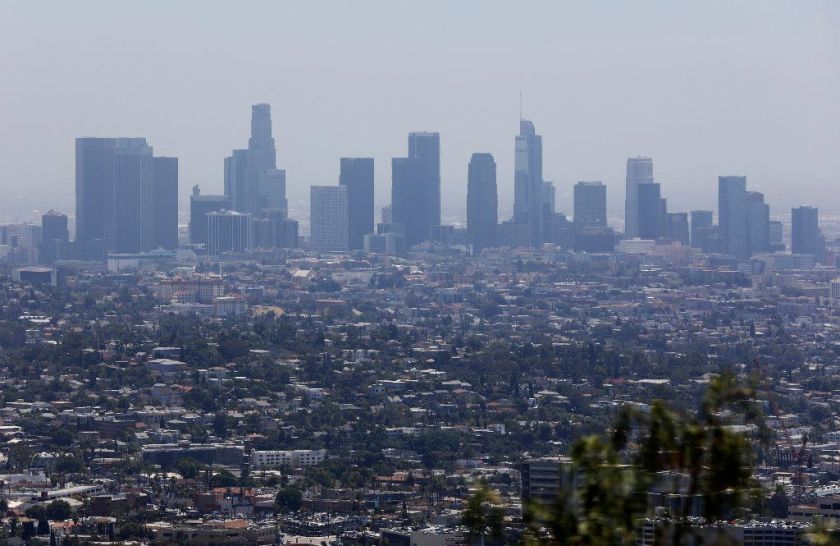Air pollution is by far the most urgent environmental health risk in the world. More than 90% of the planet breathes unhealthy air, leading to seven million premature deaths per year and billions of dollars in costs for health services.

This year marks the 50th anniversary of the Clean Air Act in the United States, the landmark law that has driven dramatic improvements in air quality. Nevertheless, challenges remain and millions still live in highly polluted cities, a new report showed.
According to the “State of the Air” report issued by the American Lung Association, in 2016-2018, more Americans were living in communities impacted by unhealthy levels of pollution in the form of more days with high levels of ozone and particle pollution, and higher annual particle levels.
Nearly five in ten people—150 million Americans or approximately 45.8% of the population—live in counties with unhealthy ozone or particle pollution. That represents an increase from the past three reports. Last year, 141.1 million had been reported to be living in polluted areas.
Los Angeles remains the city with the worst ozone pollution in the nation, as it has been for 20 years of the 21-year history of the report. Bakersfield, California, reclaimed its position as the most-polluted community for year-round particle pollution, while Fresno-Madera-Hanford has the worst short-term particle pollution.
There is growing evidence that a changing climate is making it harder to protect human health, the report argued. The three years covered by the report ranked among the five hottest years in history, increasing high ozone days and widespread wildfires, putting millions more people at risk and adding challenges to cities.
This marks the fourth report in a row that found worsening air quality threatened the health of more people, despite other protective measures being in place. Climate change clearly drives the conditions that increase these pollutants, the report argued, along with rollbacks on government legislations.
“The Clean Air Act must remain intact and enforced to enable the nation to continue working to protect all Americans from the dangers of air pollution,” the report reads. “Everyone must ensure that the Clean Air Act’s tools remain in place, funded and followed in order to protect the public.”
Breathing ozone irritates the lungs, the report said, while breathing particle pollution can increase the risk of lung cancer, lead to heart attacks and stroke. And, according to the Centers for Disease Control, people with chronic lung disease or moderate to severe asthma are at greater risk of severe illness related to COVID-19.
Based on the American Lung Association report, these are the metropolitan areas with the worst ozone pollution:
- Los Angeles, California
- Visalia, California
- Bakersfield, California
- Fresno-Madera-Hanford, California
- Sacramento, California
- San Diego, California
- Phoenix-Mesa, Arizona
- San Francisco, California
- Las Vegas, Nevada
- Denver, Colorado


